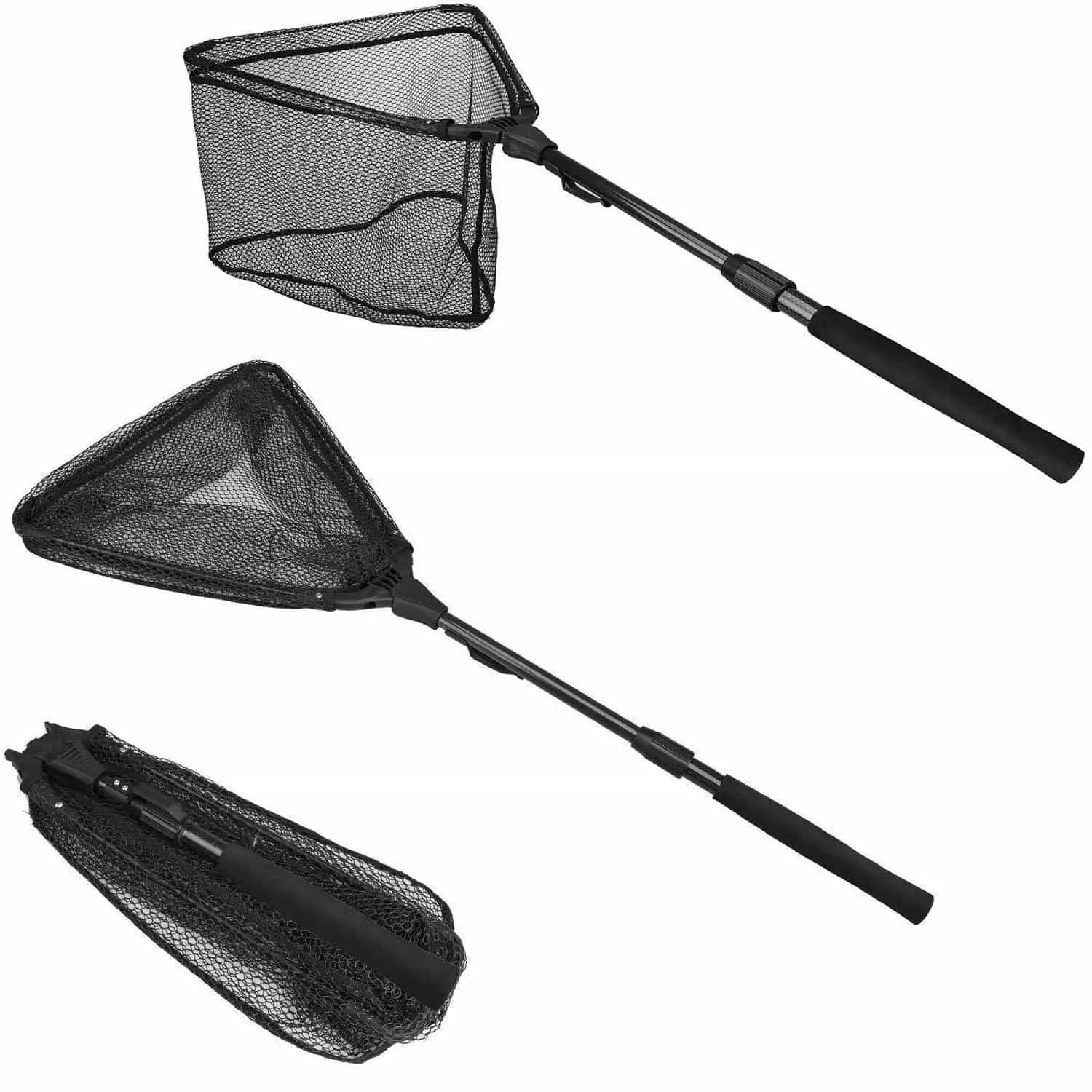Maybe little things are changing the world fishing net.
When we think of fishing nets, we often envision a bountiful catch of fish being hauled in from the depths of the ocean. However, there is a darker side to this picture - the issue of unwanted discards, commonly known as bycatch. In this article, we will delve into the complexities of this problem and explore potential solutions.
The Impact of Bycatch on Marine Ecosystems
Bycatch refers to the unintentional capture of non-target species in fishing nets. This can include marine mammals, seabirds, turtles, and other marine life. The consequences of bycatch are far-reaching and can have devastating effects on marine ecosystems. For example, the accidental capture of dolphins in tuna nets has led to a significant decline in their populations.
Bycatch not only threatens the survival of vulnerable species but also disrupts the delicate balance of marine food webs. When large numbers of non-target species are caught and discarded, it can lead to cascading effects throughout the ecosystem. Predators may lose their prey, while prey species may experience population explosions, causing imbalances that ripple through the entire food chain.
The Complexity of the Issue
The issue of bycatch is complex and multifaceted. It is influenced by a variety of factors, including fishing gear design, fishing practices, and the behavior of target and non-target species. For instance, certain types of fishing gear, such as trawls and gillnets, are more prone to bycatch than others. Additionally, the time and location of fishing operations can also play a role in determining the extent of bycatch.
Furthermore, the behavior of non-target species can contribute to the problem. Some species are more likely to interact with fishing gear due to their feeding habits or migratory patterns. Understanding these behavioral patterns is crucial for developing effective mitigation strategies.
Innovative Solutions for Bycatch Reduction
Addressing the issue of bycatch requires innovative solutions that balance the needs of the fishing industry with the conservation of marine biodiversity. One approach is the development and implementation of more selective fishing gear. By using gear that specifically targets the desired species while minimizing the capture of non-target species, the problem of bycatch can be significantly reduced.
Technological advancements also offer promising solutions. For example, the use of acoustic deterrent devices can help deter marine mammals from approaching fishing gear, reducing the likelihood of entanglement. Additionally, the adoption of real-time monitoring systems can provide valuable data on fishing activities and enable timely interventions to prevent bycatch.
The Role of Stakeholders
Addressing the issue of bycatch requires collaboration and cooperation among various stakeholders, including fishermen, scientists, policymakers, and conservation organizations. By working together, these stakeholders can develop and implement effective management measures that protect both target and non-target species.
Education and awareness also play a crucial role. By educating fishermen about the impacts of bycatch and providing them with alternative fishing methods, we can promote sustainable fishing practices that minimize unwanted discards.
In conclusion, the issue of bycatch in fishing nets is a complex and pressing problem that requires innovative solutions and collaboration among stakeholders. By addressing this issue, we can strive towards a more sustainable and balanced approach to fishing that ensures the long-term health of our oceans and the species that call them home.
